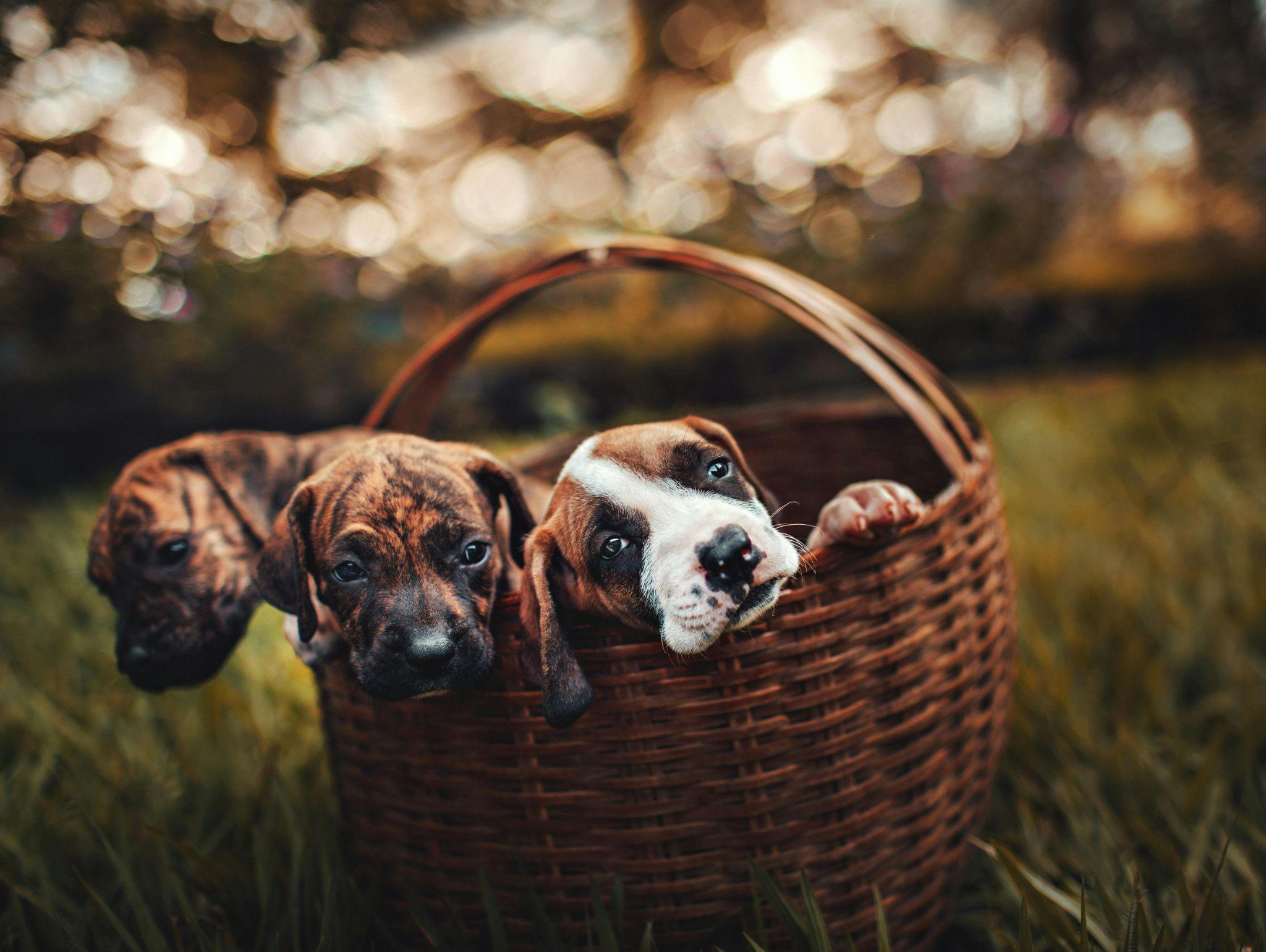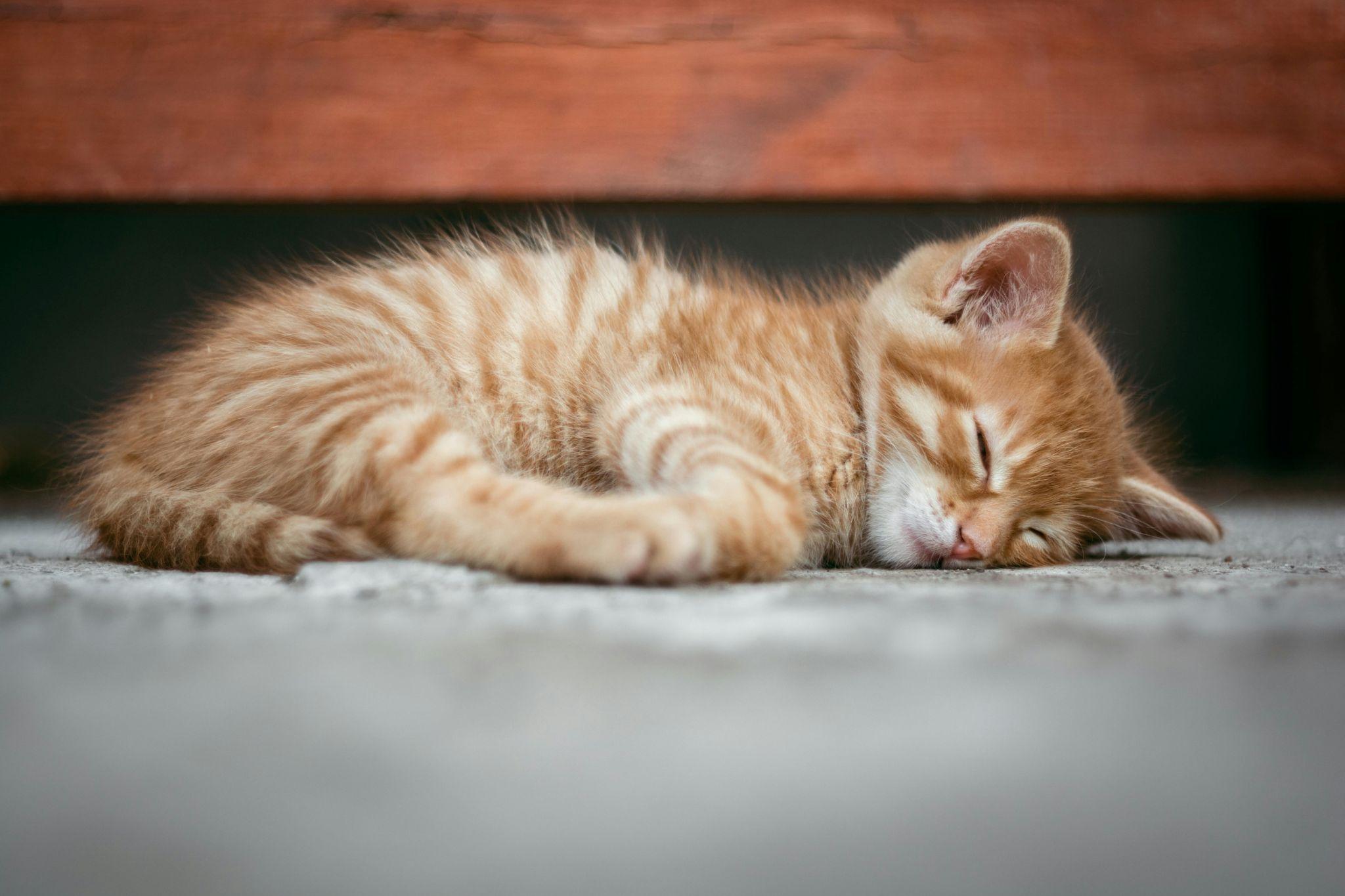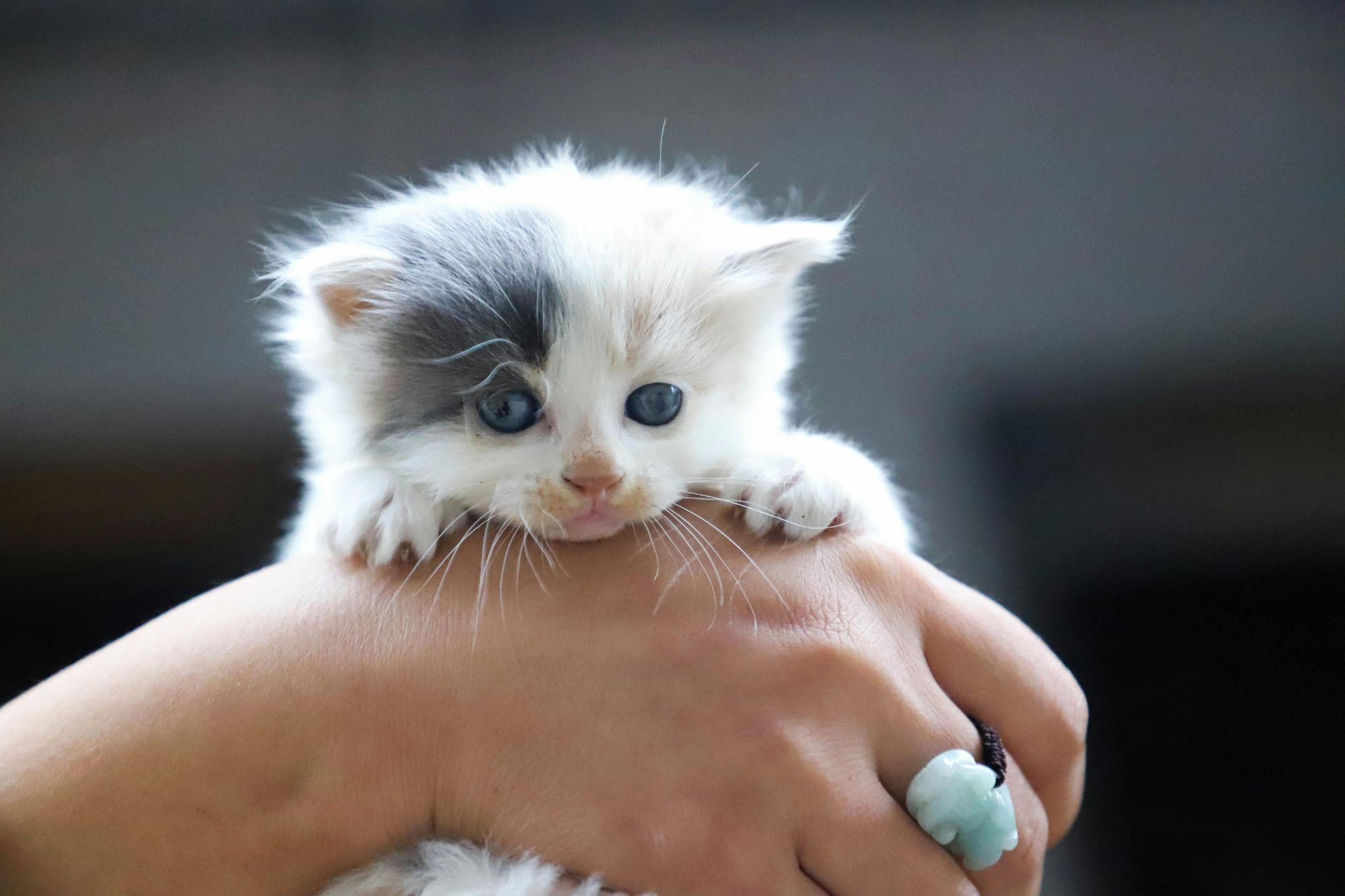Training Tips for Puppies and Kittens: A Guide to Raising Well-Behaved Pets
Bringing a new puppy or kitten into your home is exciting, but it also comes with the important responsibility of training. Early training helps puppies and kittens develop good habits and a sense of security, making them happier and better-behaved pets. With patience and consistency, you can teach your furry friend boundaries, respect, and confidence. In this guide, we’ll explore effective training tips for puppies and kittens that can lay the groundwork for a harmonious, lasting bond. 
Why is Training Important for Puppies and Kittens?
Proper training builds the foundation for a trusting, well-balanced relationship with your pet. For puppies and kittens, training is about more than obedience—it fosters trust, reduces stress, and encourages positive behavior. Housebreaking a puppy or teaching a kitten to use the litter box is only the start; with the right approach, you can guide your pet toward a lifetime of good habits.
Benefits of Training for Young Pets
- Improved behavior: Training helps minimize unwanted actions like chewing, scratching, or excessive barking.
- Strengthened bond: Training sessions build trust and deepen the connection between you and your pet.
- Safety and security: A trained pet is less likely to find itself in dangerous situations or act out of fear.
Essential Training Tips for Puppies and Kittens
Training requires patience, commitment, and consistency. While some strategies work for both puppies and kittens, others should be tailored to their unique instincts and personalities. Here are foundational tips for training puppies and kittens effectively.
Housebreaking Your Puppy
Housebreaking is often the first major task for puppy owners, and consistency is crucial for success.
Steps for Housebreaking a Puppy
- Set a Routine: Puppies thrive on routines. Establish set times for taking your puppy outside—like first thing in the morning, after meals, and before bedtime.
- Designate a Potty Spot: Always bring your puppy to the same outdoor area. The familiar scent will help reinforce the behavior.
- Reward Good Behavior: Each time your puppy relieves itself outdoors, offer immediate praise or a small treat.
- Limit Free Roaming Indoors: Supervise your puppy closely until it’s fully housebroken, and consider crate training as a helpful aid. https://truepetslove.com/product/fresh-step-cat-litter/
2. Litter Box Training for Kittens
Kittens generally adapt to litter boxes quickly, but a few key steps ensure a smooth transition.
Steps for Litter Box Training a Kitten
- Select the Right Litter and Box: Opt for an unscented, clumping litter and a box that’s easy for your kitten to access.
- Introduce the Box Early: Place your kitten in the box a few times a day, especially after eating or napping.
- Keep it Clean: Clean the litter box daily, as kittens are more likely to use a tidy space.
- Never Scold for Accidents: Instead, gently place your kitten in the box to reinforce where it should go.
Socializing Puppies and Kittens
Proper socialization is essential for raising confident, friendly pets. By exposing them to new experiences early on, you can prevent future behavior problems and help them adapt to different environments.
3. Socializing Puppies: Building Confidence and Calmness
- Begin Early: Introduce your puppy to various people, places, and sounds between 8 to 12 weeks.
- Organize Playdates: Interacting with other dogs in a safe environment helps your puppy learn social cues.
- Watch for Signs of Stress: If your puppy seems anxious, take a break and resume socialization at a slower pace.
4. Socializing Kittens: Encouraging Curiosity and Friendliness
- Handle Often: Regular gentle handling helps kittens become comfortable with human contact.
- Introduce Gradually: Gradually expose your kitten to household noises, new people, and other pets.
- Use Positive Reinforcement: Offer treats or affection during socialization to create positive associations.
Teaching Basic Commands
Training puppies and kittens with basic commands like “sit” or “come” is useful for managing behavior and strengthening your bond.
5. Basic Commands for Puppies
- Start Simple: Begin with “sit” or “stay” using treats to guide your puppy into the desired position.
- Use Consistent Commands and Rewards: Praise and reward your puppy each time it follows a command correctly.
- Practice Daily: Reinforce learning with short daily practice sessions.
6. Teaching Commands to Kittens
- Begin with Simple Words: Commands like “come” or “sit” can be taught to kittens with patience.
- Use a Clicker or Treats: Kittens respond well to a clicker sound or treat as a reward.
- Keep Sessions Brief: Kittens have short attention spans, so limit sessions to a few minutes at a time.
Managing Common Behavioral Issues
Both puppies and kittens can develop certain behaviors that may be problematic if left unchecked. Redirecting these behaviors early on is crucial. https://truepetslove.com/product/amazon-pet-carrier/
7. Preventing Common Issues in Puppies
- Chewing: Provide plenty of chew toys and redirect any attempts to chew on furniture.
- Barking: Teach the “quiet” command by rewarding your puppy when it stops barking on cue.
- Jumping: Instead of jumping to greet people, encourage your puppy to sit, rewarding calm behavior.
8. Preventing Common Issues in Kittens
- Scratching: Provide scratching posts to discourage furniture scratching.
- Biting: Avoid rough play with hands, which can encourage biting. Use toys instead.
Nighttime Activity: Kittens are often active at night, so schedule interactive play before bed to help expend energy. 
Advanced Training Tips for Puppies and Kittens
Once your puppy or kitten has learned the basics, consider more advanced training techniques that help stimulate their minds and enhance their abilities.
9. Crate Training for Puppies
Crate training helps puppies feel secure and provides a safe space for them.
- Choose an Appropriately Sized Crate: The crate should be just big enough for your puppy to stand, turn, and lie down.
- Create a Cozy Space: Add soft bedding and a favorite toy to make the crate inviting.
- Practice Short Intervals First: Start with short periods and gradually increase the time spent in the crate.
- Never Use the Crate for Punishment: Ensure that the crate remains a positive, safe space.
10. Leash Training for Puppies
Leash training is essential for safe and enjoyable walks.
- Begin Indoors: Let your puppy get used to the leash indoors.
- Encourage Walking by Your Side: Reward your puppy for walking beside you instead of pulling.
- Practice Regularly: Leash training takes time, so be consistent and patient.
11. Enrichment Activities for Kittens
Kittens benefit greatly from mental and physical enrichment.
- Interactive Toys: Wand toys, balls, and laser pointers stimulate play and prevent boredom.
- Vertical Climbing Spaces: Kittens love climbing, so consider shelves or cat trees for exploration.
Puzzle Feeders: Puzzle feeders are excellent for engaging kittens’ problem-solving instincts. 
Frequently Asked Questions (FAQs)
How long does it take to train a puppy?
Training times vary depending on factors like age, breed, and temperament. Puppies often learn basic commands within a few weeks, but housebreaking and socialization may take a few months.
Can you train a kitten to follow commands like a dog?
Yes! While kittens may not be as responsive as puppies, they can learn basic commands with consistent practice and positive reinforcement. https://truepetslove.com/
Is it okay to use treats as rewards for both puppies and kittens?
Absolutely! Just be mindful to use small, pet-safe treats and avoid overfeeding.
Training puppies and kittens takes time, patience, and dedication, but the results are worth every effort. From housebreaking to teaching basic commands, these training tips for puppies and kittens will help you establish a lifelong bond and create a well-mannered companion. Every pet learns at its own pace, so celebrate small wins, stay consistent, and enjoy the journey with your new best friend. With a little guidance and a lot of love, your puppy or kitten will grow into a cherished, well-behaved family member.
